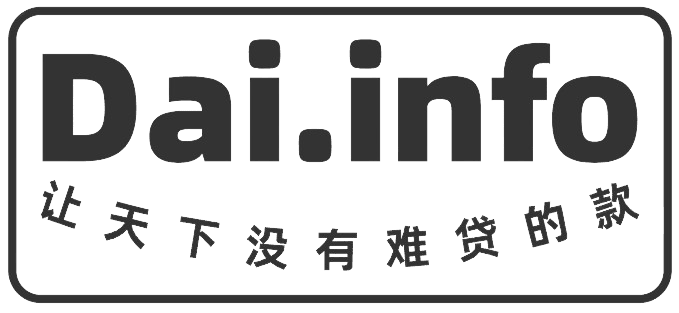What about the mortgage
i don't know43,704 次
Mortgage loans are a common form of borrowing, and for individuals and enterprises requiring large amounts of money, the funds required are quickly available through mortgages. This paper will analyse the process of mortgages from a number of angles and will help readers to better understand and understand the relevant knowledge。
I. Understanding the basic concepts of mortgage lending
Mortgage is a way for a borrower to borrow from a financial institution as a pledge in real property (e.g., house, land, etc.) or movable property (e.g., vehicle, deposit, etc.) in his own name. The value of the pledge usually determines the maximum amount to be borrowed. Essentially, immovable and movable property that has legal title may be used as collateral。
Selection of suitable mortgage institutions
The selection of the appropriate mortgage facility is the first step in the processing of the mortgage. Institutions such as commercial banks, trust companies, guarantee companies, etc. are usually selected and the terms of loans, interest rates, quality of services, etc. vary from one institution to another. Borrowers are advised to choose institutions that are appropriate to their needs, taking into account, inter alia, the institution ' s credibility, the level of interest rates, the duration of the loan and the manner of repayment。
III. Material for preparing loan applications
Mortgage processing requires the preparation of a series of materials for application, such as identity cards, income certificates, real estate certificates or vehicle registration certificates. In addition, relevant supporting documents for the purpose of the loan, such as a contract for the purchase of a house, a contract for the renovation, etc., are required. Borrowers need to be informed in advance of the specific requirements for the materials required and carefully prepared to ensure the smooth running of applications。
IV. EVALUATION OF THE LABOR Value AND LEVELS
The amount of the mortgage is usually determined by the value of the collateral. Borrowers need to select a professional evaluation body to assess the collateral, the results of which will influence the determination of the loan line. The assessment needs to take into account such factors as the quality of the collateral, market conditions and the ratio of the collateral. Based on the results of the assessment, the borrower may determine the final loan amount in consultation with the lending institution。
V. Lending contracts and procedures
After determining the amount of the loan and the interest rate, the borrower is required to enter into a loan contract with the lending institution and to register and process the relevant department. Loan contracts are important instruments for safeguarding the rights and interests of borrowers and institutions, and borrowers should carefully read their terms and ensure that their interests are safeguarded。
VI. Repayment and risk prevention
The ultimate purpose of the loan is to repay. The borrower is required to repay the amount at the time and manner agreed upon in the contract. If the borrower fails to pay on time, it faces the risk of increased interest, overdue fines, and the disposal of the collateral. Thus, when dealing with mortgages, the borrower should reasonably plan its repayment capacity in accordance with its financial situation and should fulfil its obligation to pay in strict compliance with the contract。
